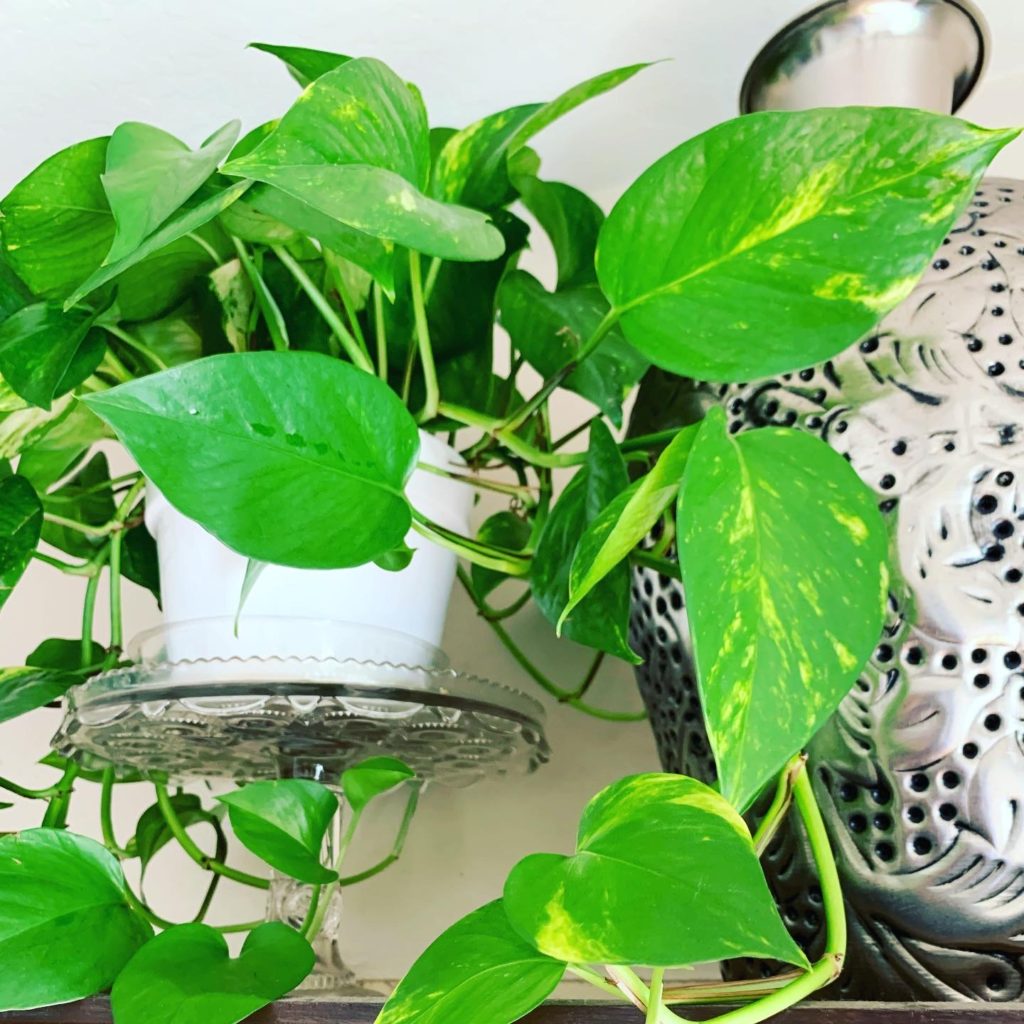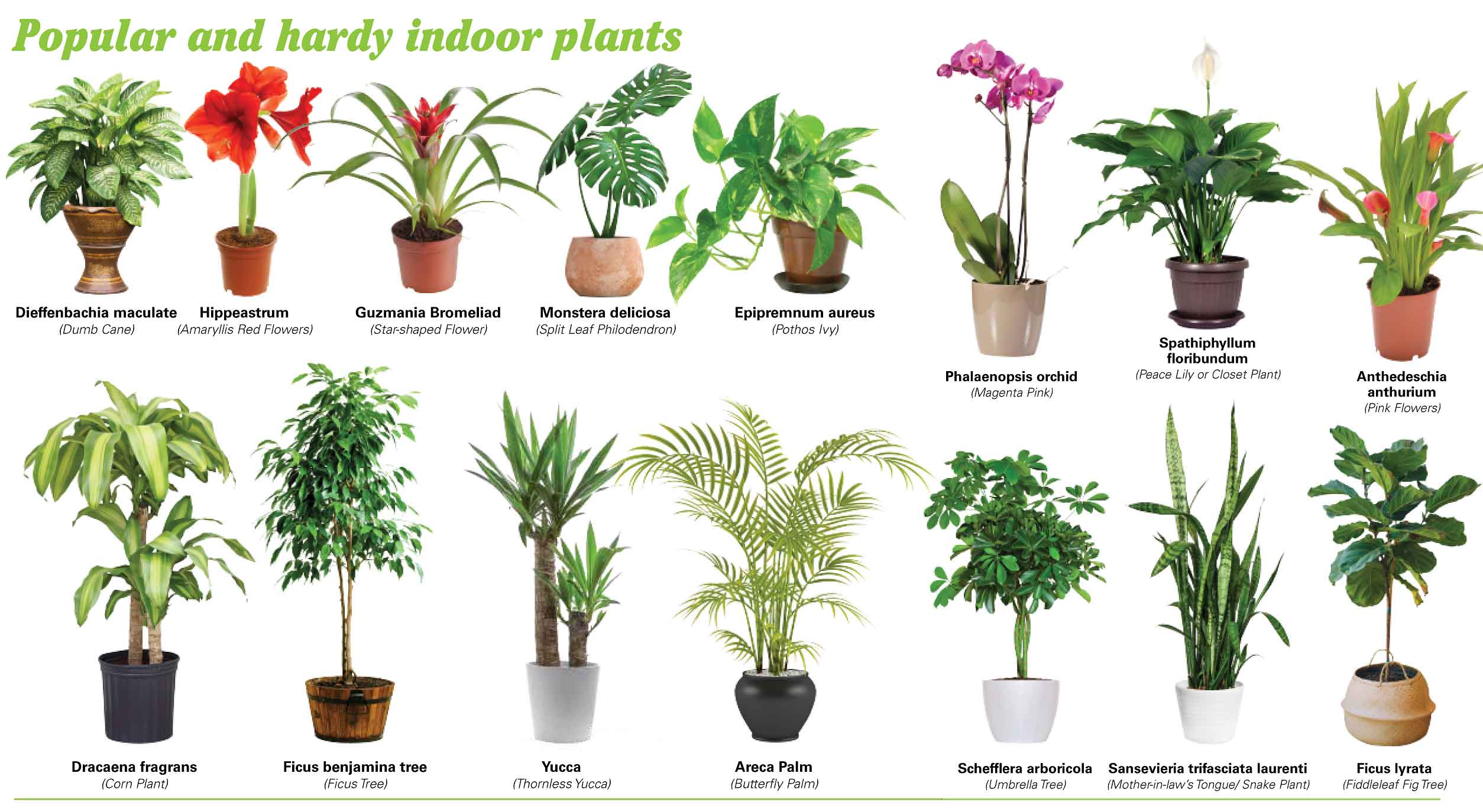Table Of Content

An unusual looking succulent with long trailing stems, the fleshy leaves of burro’s tail have an interesting texture that almost looks as if they were woven together. Coming in gray-green to blueish-green coloration, burro’s tale is easy care and looks particularly charming when placed in a hanging basket. If you want to grow an unusual houseplant, try keeping an avocado tree. When grown outdoors, avocado trees can exceed 60’ tall; however, as houseplants, they are much more diminutive, rarely growing above 10’. Long the reigning king of the houseplants, this attractive vining plant comes in many different varieties. Pothos needs medium light and likes to dry out between waterings.
Air plants
It may produce clusters of small, star-like, white or pinkish-white flowers with pink stamens in winter. You can drive down any neighborhood street and count all the Boston ferns adorning porches, stoops, and patios. This plants absolutely adores humidity, which is one reason the fern is so popular in the South. If you keep your ferns indoors, it is best to place a humidifier near the plants so they don't dry out. With large, pointy leaves that come in shades of pink, burgundy, and green, this houseplant will suit all types of décor. Arrowhead vine is toxic to animals, however, so make sure your pets can't get to it.
Fiddle Leaf Fig
9 Must-Know Tips for Houseplant Care in the Winter - Better Homes & Gardens
9 Must-Know Tips for Houseplant Care in the Winter.
Posted: Tue, 20 Feb 2024 08:00:00 GMT [source]
There are plenty of low-light indoor plants like ZZ plants and philodendrons that can thrive in whatever dim corner you put them in. Just pick the plant you think looks cute, and follow our simple care instructions. Moth orchids (Phalaenopsis sp.) bear magnificent, long-lasting white, pink, red, purple, lavender, or yellow flowers. Place them in an east or west window with bright, filtered light.
Variegated Pink Lemon Tree
Some have a trailing habit, which look fabulous draping over the edges of coffee tables. Others are big, bold floor plants that offer plenty of drama to liven up a boring room. Affordable and easy to find, Phalaenopsis orchids, also known as moth orchids, produce stunning sprays of flowers that can last for months. Holly says, "Hoyas, also called wax plants, are my favorite indoor flowering plant. They're known for their clusters of star-shaped, waxy flowers and vining habit." Investing in the best indoor flowering houseplants is a surefire way to lift the spirits and enhance your abode's botanical display. Usually grown for Christmas, Hippeastrum (amaryllis) is a bulbous plant, bearing large, velvety flowers in a variety of colours.
Although they're a bit more difficult to get started when not outside, once they begin growing, you'll have another voluminous houseplant to propagate. They're easy to maintain and care for and if you're one who likes to propagate and gift your friends plants (or just grow your own jungle) this should be a definite purchase. Although its care guidelines are relatively simple, Kastner offered a few important tips.
Staghorn fern
"Cannas are recognized for their broad, colorful leaves and bright flowers that shoot up on spike-like stems in late summer," says McEnaney. For more, see how to keep plants alive for longer and peruse our list of the best places to buy indoor plants online. Bugs love kitchens and it's normal to find a line of ants on the counter or a stray cockroach scurrying across the floor in search of snacks.
Tricks to Grow Most Colorful and Beautiful Flowers
Calthea ornata, often referred to as the pinstripe, prayer or zebra plant, has large, striped leaves, making them popular for indoors. Prized for its colorful leaves and small stature, these green-purple plants can be grown outdoors or indoors. Oyster plants don't require a lot of maintenance to thrive and can tolerate a forgetful plant parent who lets it run dry.

This coveted houseplant is harder to come by compared to others on this list, but that only makes the hunt more exciting. These funky trees have been trendy for the past few years, thanks to their shaggy leaves and thick, woody trunk. They're slow growing, and can eventually become tree-sized, even indoors. Ivy's trailing behavior makes it a perfect choice for a hanging plant—and the plant will grow fast under indoor conditions. It can do well in low light conditions, so you can have it brighten up a darker corner.
20 Hard-to-Kill Indoor Plants That Don't Need Sunlight to Thrive - Real Simple
20 Hard-to-Kill Indoor Plants That Don't Need Sunlight to Thrive.
Posted: Thu, 14 Dec 2023 08:00:00 GMT [source]
What are the mental health benefits of caring for a houseplant?
Many plants also need humid conditions so mist plants regularly, spritzing them with a misting spray to raise the humidity levels in warm, dry rooms. Feed regularly (around once a month) with a specialist house plant feed during the growing season, from spring to autumn. Many house plants cease growing in the winter months, so need less feeding and watering at this time.
They will tolerate low light but prefer moderate to bright, indirect light in order to bloom. Before you buy your house plant, check which conditions it needs to grow well and whether you can provide those conditions in your home. Most indoor plants thrive in bright but indirect light – a few feet from a window is ideal. No house plant will be happy next to a radiator, open fire or air conditioning unit. Anthurium prefers regular (but not daily) watering and bright, indirect light. They also prefer high humidity and, if raised well, can bloom through much of the year.
So, say goodbye to intense care routines and go for one (or more) of these affordable and popular houseplants — indoor trees included — that can easily be ordered online. You'll be surprised how stress-free being a plant parent can really be. "While ficus lyrata is known to be fussy, Audrey, in contrast, is more tolerant and easier to care for." Perfect for use in a hanging basket or even spilling from a regular planter. If your plant becomes leggy over time, prune it back by pinching off the stems directly above a leaf node.
The jade tree is a big houseplant that is one of the easiest indoor plants to care for. The indoor tree is identified by tear-shaped succulent leaves that measure between 1.1” and 3.5” (3 – 9 cm) long. The thick woody stems can grow up to 5 ft. (1.5 m) indoors and the succulent foliage creates a shrub-like appearance. Many people keep jade trees at home or in the office because they are said to be plants that bring good luck. If you are looking to add a vertical accent to a corner of a room, grow a heartleaf Philodendron in a hanging basket.
"To ensure better blooms, place your lipstick plants in partial shade, so they receive bright light for at least a few hours a day." "Generally most indoor flowering plants are able to reside in various lighting situations in your home, even in direct sunlight," Mast says. The watering needs are the same for most indoor plants, says Mast. "Monitor your plant's soil by pushing your finger about 2 to 3 inches down to see if it is damp," she says. When caring for these succulents, it's important to use a well-draining soil — this succulent and cactus potting mix from Perfect Plants Nursery is a good match. Laura recommends allowing the planting medium to dry out a little between waterings.
This species is one of the best large houseplants if you’ve got the room. Because the large leaves on long stems are heavy, you’ll need to stake the plant to give it extra support. Grow in bright, indirect sunlight and water when the potting mix is partly dry. The Norfolk Island pine is a tall houseplant that looks similar to a pine tree.
Humidity is good for this plant, but you’ll need to put it somewhere about 55 degrees to initiate flowering. If that fails, you can keep it in the dark for several weeks, then take it back into the sun. As the name implies, the cast-iron plant is one of the most durable choices you can make. It only requires occasional watering when its soil is dry and can otherwise power through extensive neglect and tough conditions. Almost anyone can grow this plant, regardless of skill, making it perhaps the easiest of all plants for a beginner to raise. Bromeliads are easy to raise, tolerating a good range of temperatures and having minimal watering requirements.

No comments:
Post a Comment